|
12 posts total
Remember when homepages used to add snowflakes falling during the winter season? Modern web is too boring.
Show previous comments
@nina_kali_nina These days you'd need a high-end GPU to render them and gigabroadband to download the 3D models of each snowflake. Would keep you warm at least.
Show previous comments
The good thing about standards is that there are so many that each can have his or her own ;) @nina_kali_nina My eyes are full of tears and I don't know whether it's because I'm reading How Do We Relationship 10 or because I'm reading How Do We Relationship 10. It's so relatable 😭 I love semantic HTML. Each input field is so easy to describe in a sensible way. It can even be used by plugins and user-scripts.
Show previous comments
@nina_kali_nina the amount of times i've almost accepted this on stream/screenshare is.... more than once What if I told you there is an immensely popular operating system that you likely used it at least once, but did not realise what it was? In fact, it is so popular and important there is an IEEE standard based on it. It is uncanny how immensely popular AND immensely obscure this system is. It is scary that until today I have never even heard of its reference desktop implementation. The system is called "TRON". 🧵 thread~ p.s. thanks @fkinoshita for the pointer!
Show previous comments
@nina_kali_nina I knew about TRON but didn't know there was a desktop version. Also, the kitties and wait cursor are adorable. @nina_kali_nina @fkinoshita @thomholwerda There was a video demo at the Chaos Computer Congress a couple of years ago: https://media.ccc.de/v/rc3-525180-what_have_we_lost It was widely discussed at the time, e.g. I knew of TRON and iTRON but this was the first time I saw video. Although I know a few words of Nihongo, I can't read worth a damn, so I can't try it for myself. This makes me sad.
Show previous comments
@nina_kali_nina I wonder if most people just think “dot”. In English we have “stars” and “asterisks”, gold stars, etc... I don’t know if I think about celestial bodies much when I see these usages but maybe I should! Great job on the exam you get an iridescent supernova @nina_kali_nina Tiniest of tiny nits to pick (and sorry!). It's not the language that's logographic, "just" the writing system. Eg Chinese can be written in Pinyin and it stays the same language. But it's true that the writing system adds a whole layer of parallel semantics for the speakers of C&J who are literate, and this is deeply culturally embedded! In the aftermath of CollapseOS email list drama, I wrote a note about healthy conversations in diverse communities: I tried to summarise the things about the topic that I've learned in the last few years. Maybe they will be helpful for you, too. IPCC and the countries that kill us all in this Twitter thread: https://twitter.com/NiranjanAjit/status/1638475932498288640?s=20 @nina_kali_nina very surprised Canada didn't have their hands in trying to obfuscate the problem @nina_kali_nina this is so depressing. i'm not really looking forward to updating plaintextipcc.com 😞 |



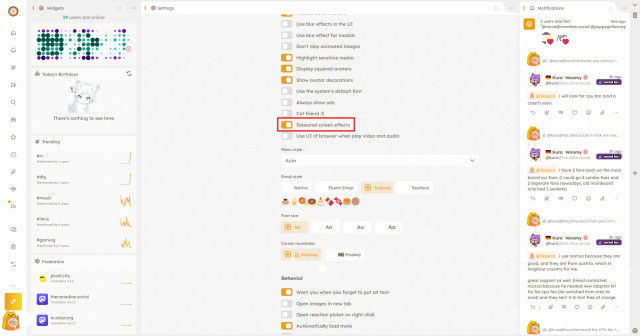
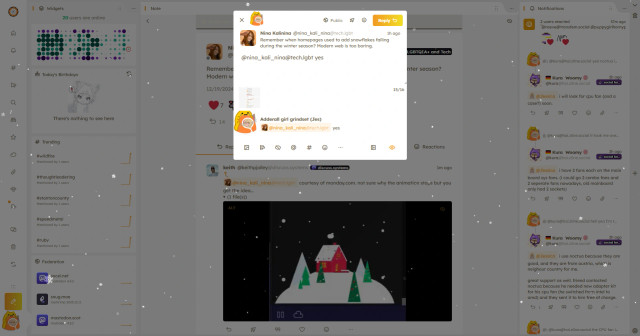


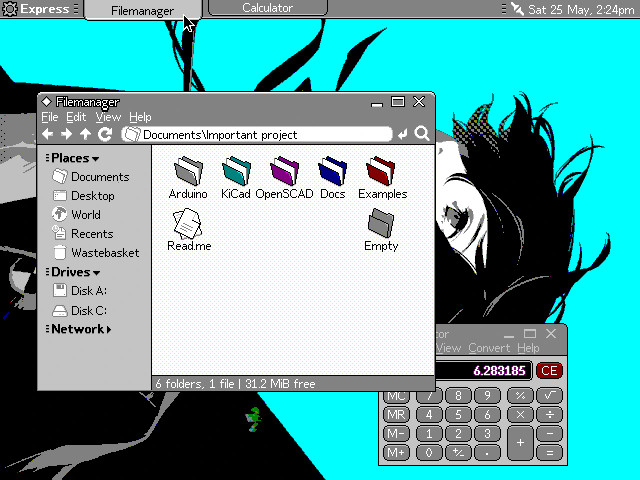

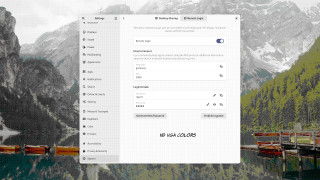
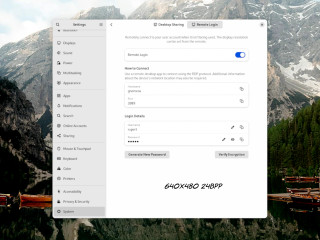


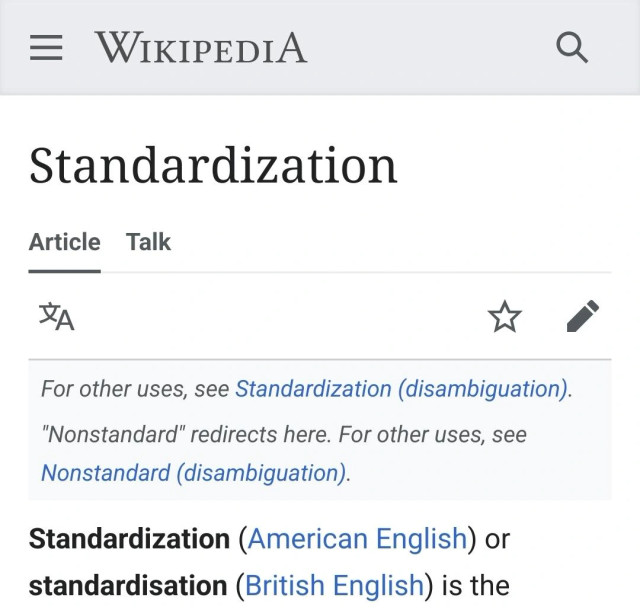








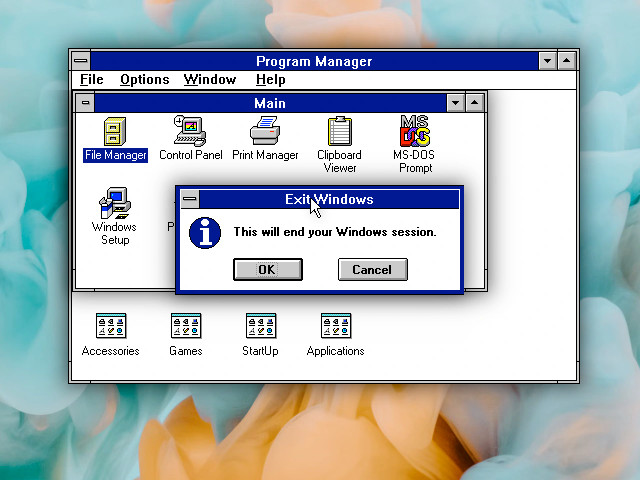


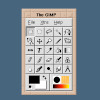


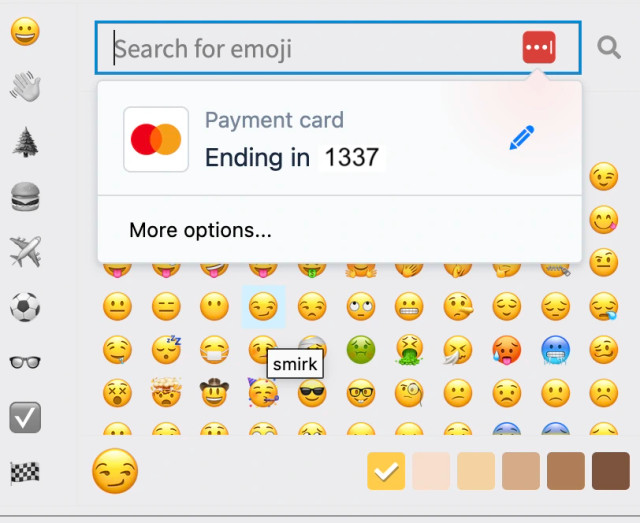




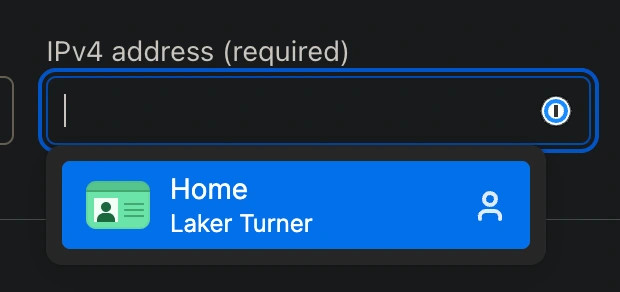
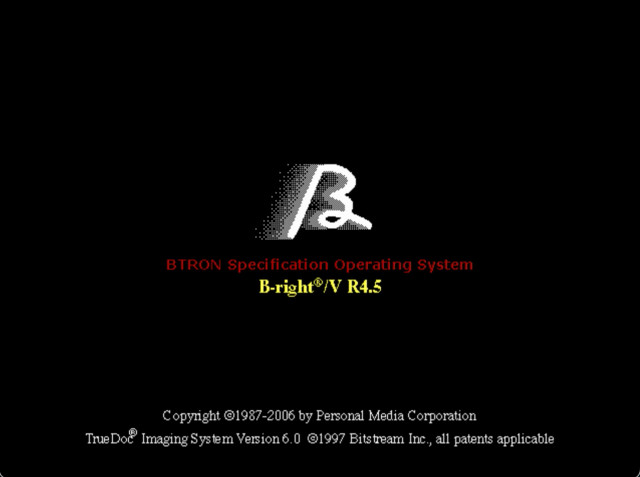
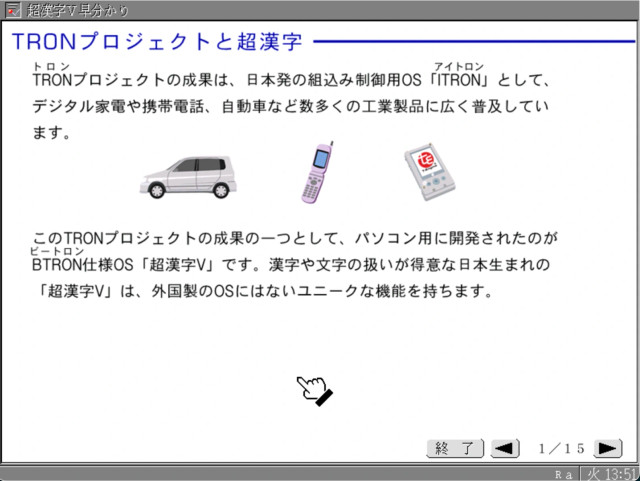









@nina_kali_nina kcookiejar?? that was such a good name ngl
@nina_kali_nina The difference is I did believe this dialogue would do what it promised. 🥴
@nina_kali_nina One (1) cookie. You'd have to click this SO many times on the modern web.